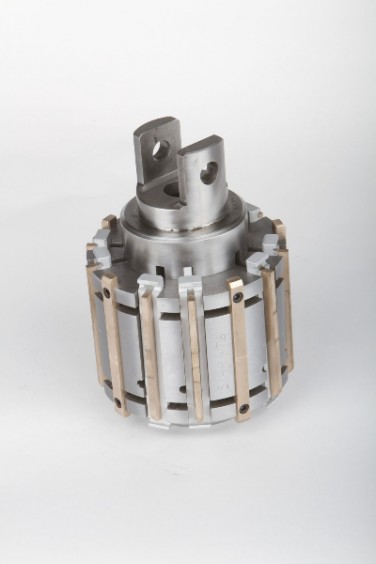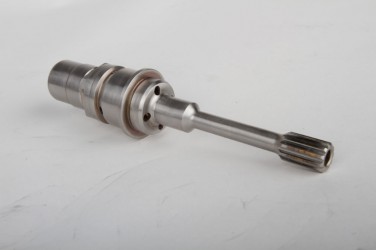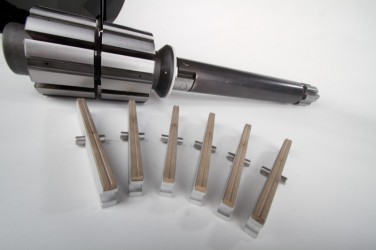Selection of abrasives for honing applications is dependent on many factors. Bore configuration, material being honed, coolant used, stock removal requirements, incoming surface finish, final surface finish requirements, cycle times, and quantities of parts to be processed all play a part in the abrasive selection. While there is no easy way to assure the abrasive selected will meet all of your requirements, understanding the basics of abrasive selection will greatly enhance the potential for success.
Material to be Honed
The material to be honed will play a significant part in abrasive selection. Not only is the composition of the material important, the hardness of the material is a factor that cannot be ignored. Soft cast iron will hone completely different than hardened alloy tool steel. Exotic materials such as Inconel, Titanium, aluminum alloys, bronze and brass present different cutting characteristics that require specific considerations for the abrasives.
Bore Characteristics
The bore diameter, bore length and bore characteristics will always affect the design and composition of the honing stone. Special consideration must be given when the bore has keyways, interruptions, or windows, unsupported areas in the bore and whether the bore is a blind end or open end bore. Honing stone length, width and composition will vary based on all of these parameters.
Stock Removal, Cycle Time, Required Surface Finish
This combination of parameters play an important role in abrasive selection. Some honing applications with low to moderate stock removal allow the bore to be honed with a single honing process. High stock removal applications require a coarse abrasive to obtain acceptable cycle times and may require multiple passes to achieve finish specifications.
Grit Selection
In surface finish requirements with only a Ra specification it seems fairly obvious the finer the grit the smoother the finish. Material composition and hardness, however, play a significant role in determining what abrasive grit size to use. The harder the material, the smoother the finish you will achieve for a given grit size.
Plateau finishes call out specific requirements for underlying peaks and valleys in the surface finish. Selection of the proper grit sizes for rough honing, semi-finish honing and finish honing is critical in achieving plateau finish specifications.
Bond Selection
The bond in a honing stone plays an important role in the honing process. The hardness, brittleness, toughness, and strength of the bond are factors of the components and the processes used to manufacture the honing stones. The material being honed, Incoming surface finish, final finish requirements, coolant and stock removal rates all play a part in the bond selection process.




© Copyright 2024 Special Cutting Tools 1305 Wohlert Street, Angola, IN 46703. All rights reserved.
